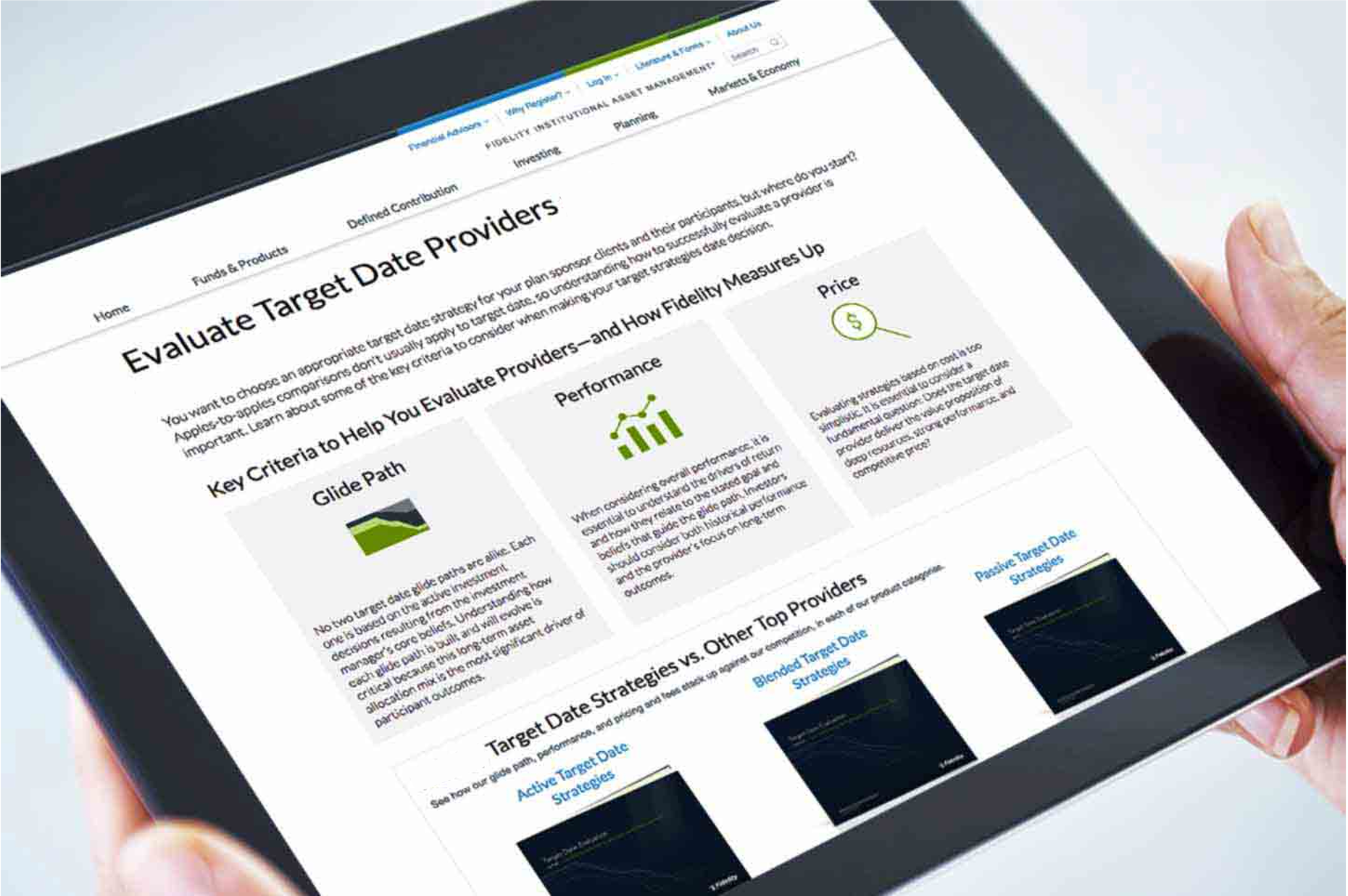Technology was not built for women
Many industries have historically excluded women by assuming a “default gender.” What do we mean by that?
Let’s take a look at cars. Compared to men, women are 17% more likely to die in a car crash and 73% more likely to sustain serious injuries in a front-end collision¹. Why? Well, it could be because until late 2022 there was no such thing as a female crash dummy² (you read that right, the car you probably drive right now was likely never tested on females.) Dummies were “gender neutral”, but they were also the size, weight, and distribution of the average male. Women are typically smaller, have a lower center of gravity, and have boobs that would impact seatbelt placement. This is just one of many examples where gender neutrality is not actually neutral, but rather defaults to male.
Back to technology. In an industry that is 79% male³ (and an even higher percentage in leadership roles), we see a similar trend. A few examples include:
Apple’s 2014 health app launch did not include a simple calendar tool for a menstrual cycle tracker, though menstruation is objectively an essential part of women’s health⁴
Treadmills and other exercise technology give calorie burn estimates based on male data (rendering estimates useless for women), instead of allowing a simple gender selection to adjust calculations
Almost all VR headsets are too big to properly fit women, causing dizziness and nausea⁵
We could go on, but I think you get the point.
As a result, the market has missed a massive opportunity to help ease women’s cognitive burden
What is cognitive burden, and why is it disproportionately impacting women?
Women do 2.5x more Unpaid Labor than men⁶:
Unpaid labor is time spent doing routine housework, shopping for necessary household goods, meal planning and preparation, child care, tending to the elderly, and other unpaid activities related to household maintenance — it remains largely invisible to economists.
Women’s tasks specifically create a Cognitive burden⁷:
Cognitive burden is the mental effort involved in managing your work, relationships, a family, and a household. It includes all of the details you manage throughout the day - to-do lists, scheduling, decision making, and communicating with family and friends.
As a result, women’s mental health is negatively impacted
WHat’s wrong with today’s potential solutions?
Many options to managing cognitive burdens today exist - there are apps, smart phones, and even spiral bound planners. Why don’t they work?
No “one stop shop”
Current solutions are niche, resulting in numerous apps, subscriptions, physical planners, and logins to keep track of
Ads, ads, ads
Content has adapted to keep your eyes on the page as long as possible, not to get you a reliable solution as soon as possible
Not speaking your language
Like the crash dummies, not all solutions are “gender neutral,” meaning they are not designed to serve women in the vocabulary they use, the context they assume, or problems that they solve (or leave out)
Difficult Set-UP
More advanced options are difficult to set up and either require basic coding knowledge or many hours to initially organize
Who is BIA?
BIA is the goddess of power and raw energy. Never heard of her? You might have heard of her sister, Nike. Bia was often described as the silent goddess, as she does not speak. However, her quiet power cannot be understated - Bia used her energy to help Zeus defeat Prometheus, something nobody else had the strength for.
Bia represents the quiet, unseen, essential work that women are doing behind the scenes every day.
Introducing THe BIA Project
Here at BIA we are determined to give women the tools the need (and deserve) to better manage their cognitive burden. While we are developing what that looks like, we are:
Built by women, for women
In a world where technology tools have failed women in the past, we are starting with their needs first
Obsessed with YOU
We will always listen to your needs, opinions, and feedback until we have a product that you love
On a mission to cut the chaos
Our technology is intuitive and simple - with no pop-up ads, no unnecessary commentary, and no confusing set-up
Chasing automation
While our first goal is to alleviate mental burden, the end goal is to use automation to give you back your precious time
What’s next?
We are busy researching and building our first solutions. In the meantime, we’d love to hear from you! Contact us here, or sign up for our emails to stay up to date on progress, surveys, and important milestones.
Sources
https://www.veritynow.org/ - Verity Now
Can the world’s first female crash test dummy make driving safer for women? - World Economic Forum
Progress for Gender Equality in the Tech Industry? The Percentage of Female Software Engineers in 2022 - Celential.ai
Apple promised an expansive health app, so why can't I track menstruation? - The Verge
Virtual Reality Is Sexist: But It Does Not Have to Be - National Library of Medicene
Redistribute unpaid work - UN Women
Women’s unpaid work is the backbone of the American Economy - MarketWatch










